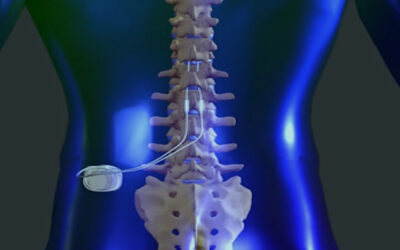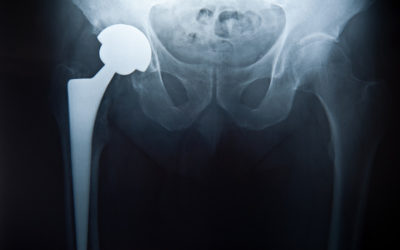Background: Traditionally, a larger more extensive approach has been required for hip surface replacement (HSR) than for standard stemmed total hip replacement. As we have gained experience with HSR, a minimally invasive surgical technique (MIS) using the posterior approach has been developed. We now report our 4 year experience with this modified technique and compare the rate of postoperative complications to a group of HSR done just prior to the institution of this MIS.
Methods:
- Posterior MIS was begun on 1/26/2005. Since that time, 946 / 1032 (92%) resurfacings have been done through a 4 inch incision.
- We compared the 4 year results and complications between two groups:
Study Group = first 100
MIS Comparison Group = last 100 prior to MIS - We analyzed the results when a comprehensive blood management protocol was employed in conjunction with MIS HSR in 100 consecutive cases.
- A technique video illustrating details of the posterior MIS technique for HSR is presented.
Results: There were no differences in the rate of complications when a posterior MIS technique was instituted. No complications associated with a learning curve were identified. With comprehensive blood management techniques, no transfusions were required in 100 consecutive unilateral MIS HSR and 50 consecutive bilateral MIS HSR. Hospital stay was limited to 1.8+ 0.4 days per hip for unilateral, and 2.0 days per hip for bilateral HSR.
Conclusions: MIS Posterior HSR is as safe as standard incision HSR if a surgeon has adequate prior experience with HSR. Blood transfusions are almost never required for this operation if a comprehensive blood management program is followed. Only a very short hospital stay is required. A detailed step by step technique is demonstrated for reliably accomplishing this procedure through a minimally invasive, four inch posterior approach.




